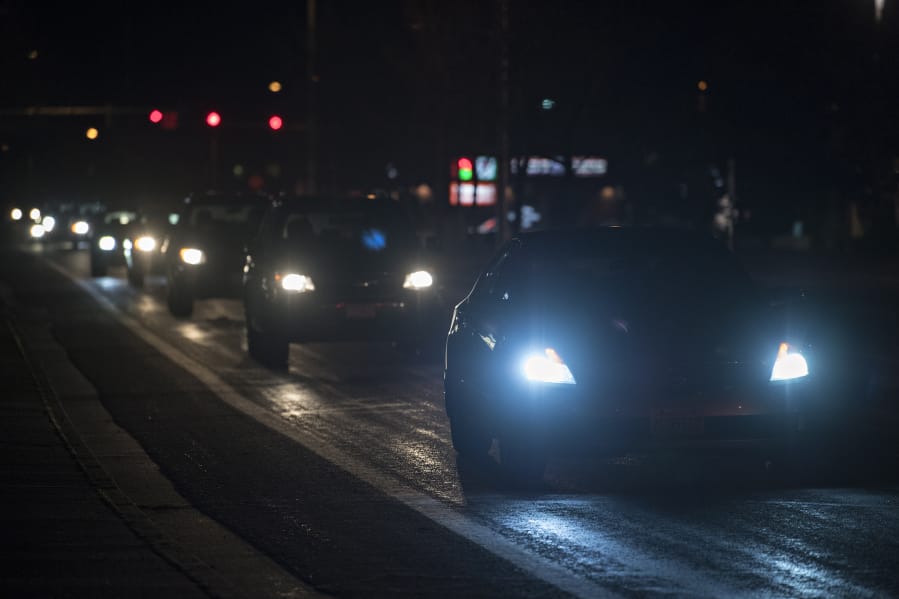Fran Laub, a 77-year-old Vancouver resident, drives a 2003 Mercury Grand Marquis. She usually avoids nighttime driving, in part because of glare from the headlights of other vehicles.
“When I drive at night, those headlights hit me right in the eye because my car sits low,” she said. “It drives me insane, and it’s not just because I had glaucoma surgery.”
Headlights allow drivers to see where they are going at night and allow other drivers, bicyclists and pedestrians to see them. With increasing popularity of light emitting diode, or LED, headlights, some wonder if today’s headlights are too bright.
Josh Whitehead of Vancouver brought up headlights as part of The Columbian’s Clark Asks series, where readers suggest news stories and vote on which should be covered.




